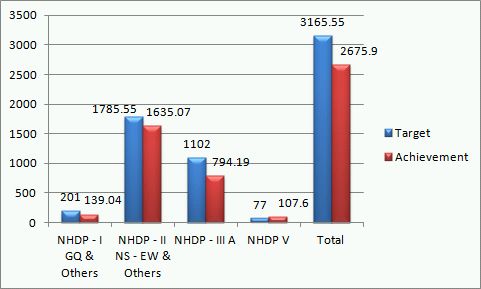A few months ago RBI mandated that all banks pay a interest rate of 3.5% on daily balance of savings accounts.
That was a very good change for customers, as the old way of calculating interest was unfair on them.
In the old way – banks used to take the minimum balance of your account between the 10th and last day of the month, and calculated interest on that. So, if you had a low balance on one day but a decent amount for the rest of the month – your interest would still be calculated based on the lowest balance.
Example: You have 40,000 from Feb 1st to 25th, but on the 26th, you pay off your car and housing loan EMI, due to which your balance comes down to just 5,000.
The bank will pay you interest for the whole month of February only on Rs. 5,000.
After the change – banks calculate interest on daily balances, and pay you interest according to what you have in your account every day.
Now RBI is thinking about another change that can benefit savers. It is mulling deregulation of interest rates on savings bank accounts.
Currently, RBI mandates that every bank pay an interest rate of 3.5% on savings accounts. But it is contemplating de-regulation, and may allow banks to set their own interest rates.
This will mean that banks have freedom to set interest rates and will compete with each other for saver’s funds.
There will be several implications of this, and let me pen down a few here:
1. Differences in interest rates will exist: It is quite likely that after these changes, some banks increase the interest rate by a percent or so to gain new accounts. At the same time, some other banks that don’t need so much liquidity or provide other value added services may reduce the interest rates. (I realize this is a duh point, but needs to be stated nevertheless).
2. Hit bank margins: According to this NDTV article, State Bank of Hyderabad (SBH)Managing Director says that the bank’s net interest margins will be hit. This is a clear sign that she expects the interest rates to go up once the deregulation takes place.
3. Customers will go rate-shopping: Not all customers will bother about a extra percent or so, but there will be a segment that has an eye on increasing interest rates and will move their money from one bank to another based on interest rates.
4. Banks will introduce teaser rates and confusing schemes: Banks will become innovative and introduce rates that are valid only for a few months or weeks, and then adjust downwards. As time goes by, they will get more and more innovative and the schemes will become increasingly complex. The customers will be confused about a lot of these schemes and won’t be sure how much their effective interest rate is and how much they are getting etc. This type of thing happens with most financial products, and this might not be any exception to it.
5. Interest rate fluctuation: Just as fixed deposit rates fluctuate, short term savings rate will also fluctuate with changing times, and consumers will have to get used to this new reality.
6. Different interest rates for different balances: It is possible that banks set two interest rates, one for lower balances and another for higher ones. This is already done for fixed deposits, and might also be done for savings account in the future.
What other things can you think of? I think this should be a good move for some if not all customers, but will hit the bank margins a little.



